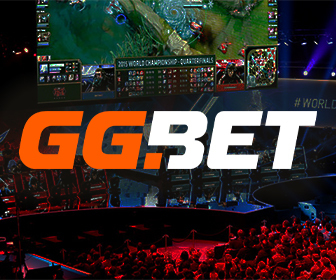The free-to-play model has transformed the landscape of modern gaming, creating new opportunities for both developers and players. Traditionally, games required a one-off purchase, but the rise of microtransactions has shifted this paradigm. With free-to-play, developers can reach a wider audience by offering their game for free, while monetising through in-game purchases. This shift has allowed for more frequent updates, additional content, and a larger player base, all contributing to the game’s longevity. However, this change has raised questions about how it affects the gaming experience for players and the development process for creators.
Microtransactions are often used to enhance a player’s experience, offering cosmetic items, new content, or other bonuses that can improve gameplay. In many cases, these microtransactions don’t impact the core gameplay mechanics, meaning players can still enjoy the game without making purchases. However, the implementation of these transactions can create a tiered experience, where players who spend money gain access to exclusive content, making the game feel somewhat imbalanced. This has led to a fine line between offering players the freedom to buy items while maintaining a fair experience for those who choose not to spend.
For example, many online casinos and gaming platforms have integrated microtransactions into their service offerings. Some players opt to engage with casinos that allow them to try out games, with the option to purchase virtual chips, special game skins, or access to additional features. In this context, microtransactions can elevate the player’s enjoyment and expand their in-game options, similar to how non GamStop casinos UK reviewed by experts incorporate additional features like VIP membership tiers or exclusive bonuses that add value without disrupting the game’s overall fairness.
On the development side, microtransactions have introduced a new revenue model that significantly impacts the design process. Games are now built with an eye on long-term monetisation. Developers design content and features that can be sold to players incrementally, ensuring that the game continues to generate income long after its initial release. This business model incentivises developers to create games with a constant flow of updates, new content, and seasonal events, which can be locked behind paywalls. These updates are often crucial for maintaining player engagement over an extended period.
However, there is a balancing act that developers must perform when incorporating microtransactions. If a game is too reliant on in-game purchases or features a pay-to-win structure, it risks alienating players. This can lead to negative feedback and a loss of trust within the community. Developers must be strategic in how they implement microtransactions, ensuring they don’t overshadow the core game experience. Games that are overly monetised can deter new players and even cause veteran players to abandon the game due to perceived unfair advantages for paying customers.
One of the challenges with microtransactions is their potential impact on the narrative and design of the game. Developers may feel pressured to create content that can be sold through these microtransactions, leading to decisions that prioritise revenue generation over the player’s experience. This could involve locking story elements or progression behind paywalls, limiting the game’s narrative depth or making it feel incomplete for those who don’t make purchases. This is a controversial issue within the gaming community, with many players voicing concerns over how microtransactions are influencing the direction of game development.
Despite the potential drawbacks, microtransactions can provide significant benefits when used thoughtfully. For instance, microtransactions can support the development of free-to-play games, allowing them to compete with premium-priced games. With a steady income stream from in-game purchases, developers can afford to add new content and enhance the gameplay experience. This model also allows players to engage with a game without the initial barrier of a purchase price, enabling a more inclusive experience for individuals who may not have the financial resources to buy full-priced games.
From the player’s perspective, microtransactions can offer value, especially when they provide a way to personalise the gaming experience. Cosmetic items, such as skins, emotes, or avatars, can allow players to express themselves and stand out in the game world. These items don’t affect gameplay balance, but they offer a way for players to invest in the game without altering their competitive standing. For many, these purchases are seen as a fun way to enhance their experience, making them feel more connected to the game.
In conclusion, the economics of free-to-play games, driven by microtransactions, have revolutionised the gaming industry, offering developers a sustainable business model while allowing players access to games without upfront costs. However, this model has its challenges, especially when it comes to maintaining fairness and keeping the player experience balanced. Microtransactions, if implemented correctly, can provide both developers and players with a mutually beneficial experience, but they require careful consideration to ensure that they enhance rather than detract from the overall game experience.

